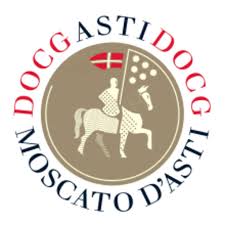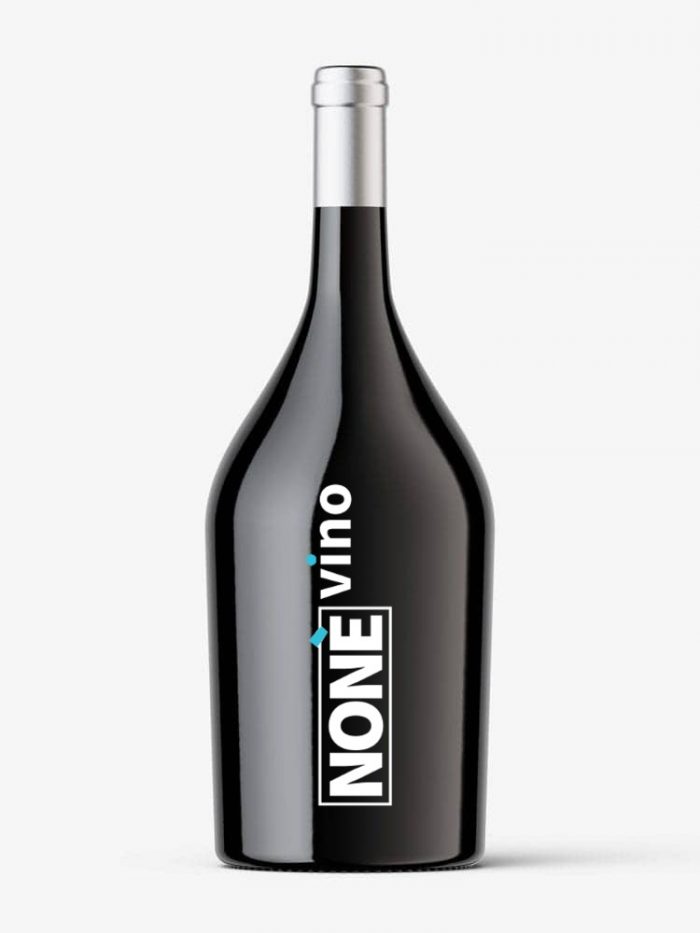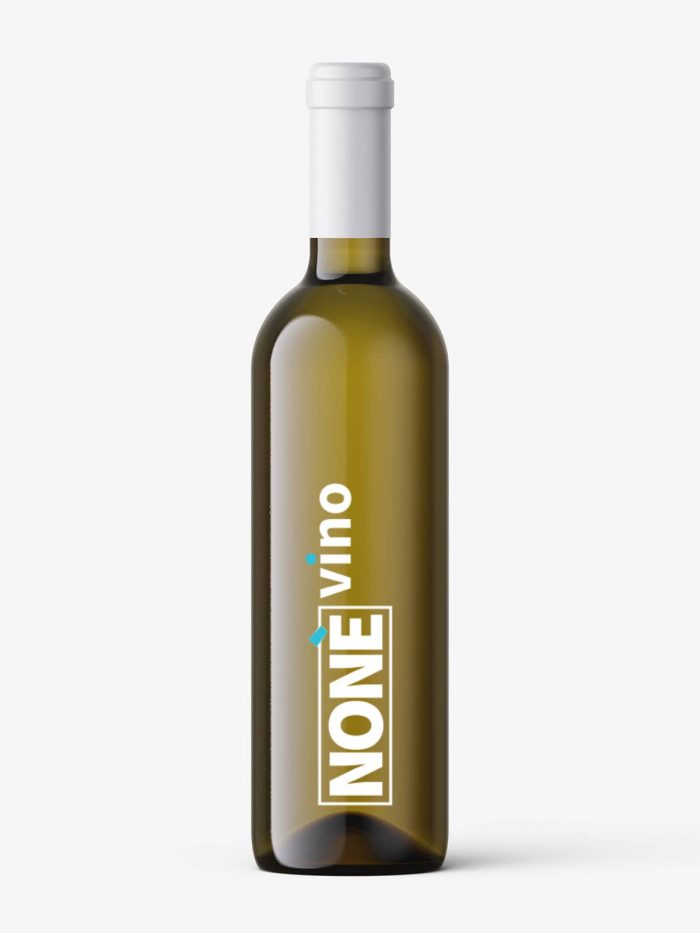Asti DOCG Appellation
Protected Designation of Origin (PDO)


The history of Italian sparkling wines passes from Piedmont and in particular from the Asti city of Canelli which is considered the capital of sparkling wine par excellence. In the cellars of the Canellesi sparkling wine houses, winemaking techniques have been developed since 1850 which, with constant improvements, still allow the production of a fine and delicate sparkling wine such as Asti docg.
The knowledge acquired by the winemakers of the cellars, the application of technological innovations and the targeted scientific studies developed by researchers intrigued and stimulated by the characteristics of Asti docg, have led to the optimization of the production process, preserving together innovation and past experiences. Some important applications, essential to ensure a high and constant quality of Asti over time, such as the stabilization or conservation processes of the product’s freshness and fragrance characteristics, derive precisely from a technical background handed down over the decades.
Furthermore, thanks to the Consorzio dell’Asti, the first example in Italy, the traceability process of each bottle, through a special telematic and multimedia procedure, plays a role of consumer protection since it allows to verify in real time, starting from the status mark (the so-called band) glued on the neck of each bottle, the path of the wine through the entire process of transformation, from the harvest to the sales shelves.
Territory
The area from which Asti docg and Moscato d’Asti docg are born is in the hilly system to the orographic right of the Tanaro river, it also includes Langhe and Alto Monferrato which are identified in their sedimentary origin, with a structure without rocks. The Langhe hills have an elongated shape with numerous overhanging gullies, but also long slightly sloping ridges. The more rounded Monferrato hills have soft slopes and cool valley bottoms that create magnificent contrasts with the sunniest ridges. Two different but decidedly attractive landscapes, where nothing repeats itself, so changing and surprising is the scenario that presents itself to the visitor. Here the vines reign, thriving in neat, well-kept, precious rows, capable of making the extraordinary landscape of southern Piedmont, unique in the world, unmistakable and unrepeatable.
The Production Area of Asti Spumante DOCG Wines, Asti Spumante Classic Method, Moscato d’Asti and Moscato d’Asti Vendemmia Tardiva is located in:
– province of Alessandria and includes the territory of the municipalities of Acqui Terme, Alice Bel Colle, Bistagno, Cassine, Grognardo, Ricaldone, Strevi, Terzo and Visone;
– province of Asti, and includes the territory of the municipalities of Bubbio, Calamandrana, Calosso, Canelli, Cassinasco, Castagnole Lanze, Castel Boglione, Castelletto Molina, Castelnuovo Belbo, Castel Rocchero, Cessole, Coazzolo, Costigliole d’Asti, Fontanile, Incisa Scapaccino, Loazzolo, Maranzana, Mombaruzzo, Monastero Bormida, Montabone, Nizza Monferrato, Quaranti, San Marzano Oliveto, Moasca, Sessame, Vesime, Rocchetta Palafea and San Giorgio Scarampi;
– province of Cuneo, and includes the territory of the municipalities of Camo, Castiglione Tinella, Cossano Belbo, Mango, Neive, Neviglie, Rocchetta Belbo, Serralunga d’Alba, S. Stefano Belbo, S. Vittoria d’Alba, Treiso, Trezzo Tinella, Castino, Perletto and the hamlets of Como and San Rocco Senodelvio in the municipality of Alba.Sub-area of DOCG Moscato d’Asti Wine:
– The Production Area of the DOCG Moscato d’Asti – Sottozona Canelli wine is located in:
– province of Asti and includes the territory of the municipalities of Calamandrana, Calosso, Canelli, Cassinasco, Castagnole Lanze, Coazzolo, Costigliole d’Asti, San Marzano Oliveto, Moasca, and the portion of the territory located on the left bank of the Bormida river in the Municipality of Loazzolo and of Bubbio.
– The Production Area of the Moscato d’Asti DOCG Wine – Santa Vittoria d’Alba sub-area is located in:
– province of Cuneo and includes the territory of the municipality of Santa Vittoria d’Alba.
– The Production Area of the Moscato d’Asti DOCG Wine – Sottozona Strevi is located in:
– province of Alessandria and includes the territory of the municipalities of Acqui Terme, Cassine, Ricaldone, Strevi, Terzo, Alice Bel Colle, Bistagno, Grognardo and Visone.
Vinification and Aging
During the vinification phases, only loyal and constant oenological practices of the area are allowed, suitable to give the wines their particular quality characteristics.
The oenological practices of vinification of Asti DOCG wine include, among other things, that:
– The maximum yield of grapes into wine for the production of DOCG Asti Spumante and Moscato d’Asti wines must not exceed the following values. Any surplus, possible up to a maximum of 5%, will not be entitled to the Controlled and Guaranteed Designation of Origin. Further surpluses will result in the loss of the right to the Controlled and Guaranteed Designation of Origin for all the product concerned.
75% for Asti Spumante Wine;
60% for Asti Spumante Classic Method Wine;
75% for Moscato d’Asti wine;
50% for Moscato d’Asti Late Harvest Wine
75% for Moscato d’Asti wine – Canelli sub-zone;
72% for Moscato d’Asti wine – Santa Vittoria d’Alba sub-area;
45% for Moscato d’Asti Late Harvest Wine – Santa Vittoria d’Alba sub-area;
75% for Moscato d’Asti wine – Strevi sub-zone.
– During the vinification, other oenological practices are allowed, including in particular:
sorting of grapes when necessary;
possible destemming of the bunches and their normal pressing;
formation in tubs of the so-called blanket;
addition to the must of coagulants and clarifiers in the usual doses and in any case within the limits established by law;
consequent decantation of the must followed by filtration or centrifugation of the same and refrigeration.
– The sparkling processes of the must used for the production of Asti Spumante wine involve natural fermentation in an autoclave (Martinotti method), the fermentation process of which cannot last less than one month including the period of refinement in the bottle.- The sparkling processes of the must used for the production of Asti Spumante Metodo Classico wine involve natural fermentation in the bottle for a period of nine months in contact with the lees, which will then be separated from the product by disgorging.
– The “Moscato d’Asti Vendemmia Tardiva” wine must be subjected to an aging period of at least one year, calculated from the moment of preparation.



